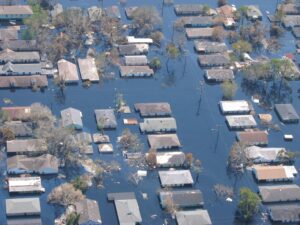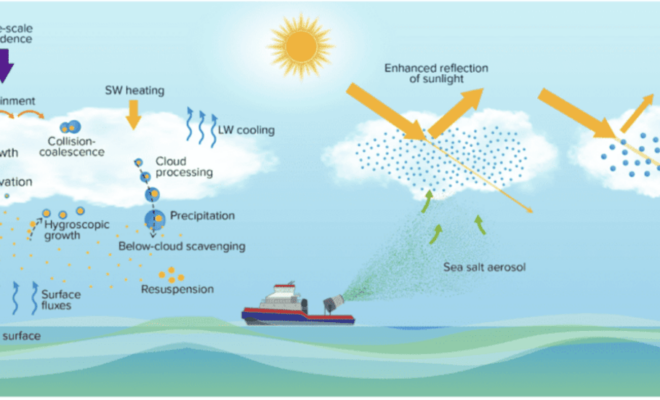Fulcher Landing, used mainly by fishermen, is on the west side of New River about 1.5 miles above the Intracoastal Waterway. There are numerous piers at seafood-packing houses at the landing where gasoline, diesel fuel, water, electricity, and marine supplies may be obtained. Cabins and a restaurant are nearby. Two marine railways here can haul out boats up to 50 feet for engine and hull repairs.
A marina is just below the State Route 172 highway bridge on the south side of the river; berths, gasoline, pump-out, water, and limited marine supplies are available. In 2010, an approach depth of 6 feet with an alongside depth of 5 feet was reported.
There are several barge docks and a marina on the east side of the river at Jacksonville. Berthage, electricity, gasoline, diesel fuel, water, ice, marine supplies, and a launching ramp are available at the marina. A trailer can haul out craft to 28 feet for hull and engine repairs.
A small-craft facility 600 yards below the U.S. Route 17 highway bridge on the west side of the river; berths, gasoline, pumpout, electricity, water, marine supplies, surfaced launching ramp, engine repairs and a 6-ton lift are available. An approach depth of 3 feet and alongside depth of 5 feet were reported in 2002.
Chaney Creek extends eastward about 300 yards north of the U.S. Route 17 bridge. A privately marked channel leads to a marina about 0.7 mile above the mouth. Depths of 1 to 3 feet can be carried to the fixed bridges just above the marina. The fixed spans have minimum clearances of 8 feet horizontal and 6 feet vertical. The marina has berths with electricity, gasoline, water, ice, and marine supplies; hull and engine repairs can be made.
Navigation:
Click the “Map View” button above to see a chart of this harbor.
New River Inlet, 35 miles westward of Beaufort Inlet, is considered dangerous by local pilots, and entrance should not be attempted except under the most favorable conditions. A strong ebb current from the inlet causes a break on the bar when there is a sea outside. The break is especially bad when the ebb sets against a south or southeast wind.
The bar channel is subject to continual change and local knowledge is advised. The inlet is marked at the entrance by a lighted whistle buoy; other buoys marking the bar channel are not charted because they are frequently shifted in position. Caution is advised when navigating the area.
New River has a width of 1 to 2 miles from the head of the marshes above the inlet to within 2 miles of Jacksonville, above which it is a narrow stream.
A dredged channel in New River leads from the Intracoastal Waterway to a point about 0.65 mile below U.S. Route 17 highway bridge at Jacksonville. In 2011, the controlling depth was 5 feet from the Intracoastal Waterway to Light 23; thence in 2002, 5.1 feet to Light 42; thence in 1977, 5.7 feet to the head of the project at the Route 17 bridge in Jacksonville. The channel is well marked by lights and daybeacons. Spoil areas, some discontinued, extend close along the easterly side of the channel for almost its entire length.
State Route 172 highway bridge over New River, 3 miles above the Intracoastal Waterway, has a fixed span with a clearance of 65 feet.
U.S. Route 17 highway bridge over New River at Jacksonville has a 40-foot fixed span with a clearance of 15 feet. An overhead power cable with a clearance of 18 feet is just south of the U.S. Route 17 bridge. Above the U.S. Route 17 bridge, the overhead power cables have a minimum clearance of 22 feet. A highway bridge, about 200 yards below U.S. Route 17 bridge, has a 28-foot fixed span with a clearance of 13 feet. A fixed highway bridge with a clearance of 65 feet crosses New River at the southern entrance to Wilson Bay, about 1.5 miles below the U.S. Route 17 highway bridge.




